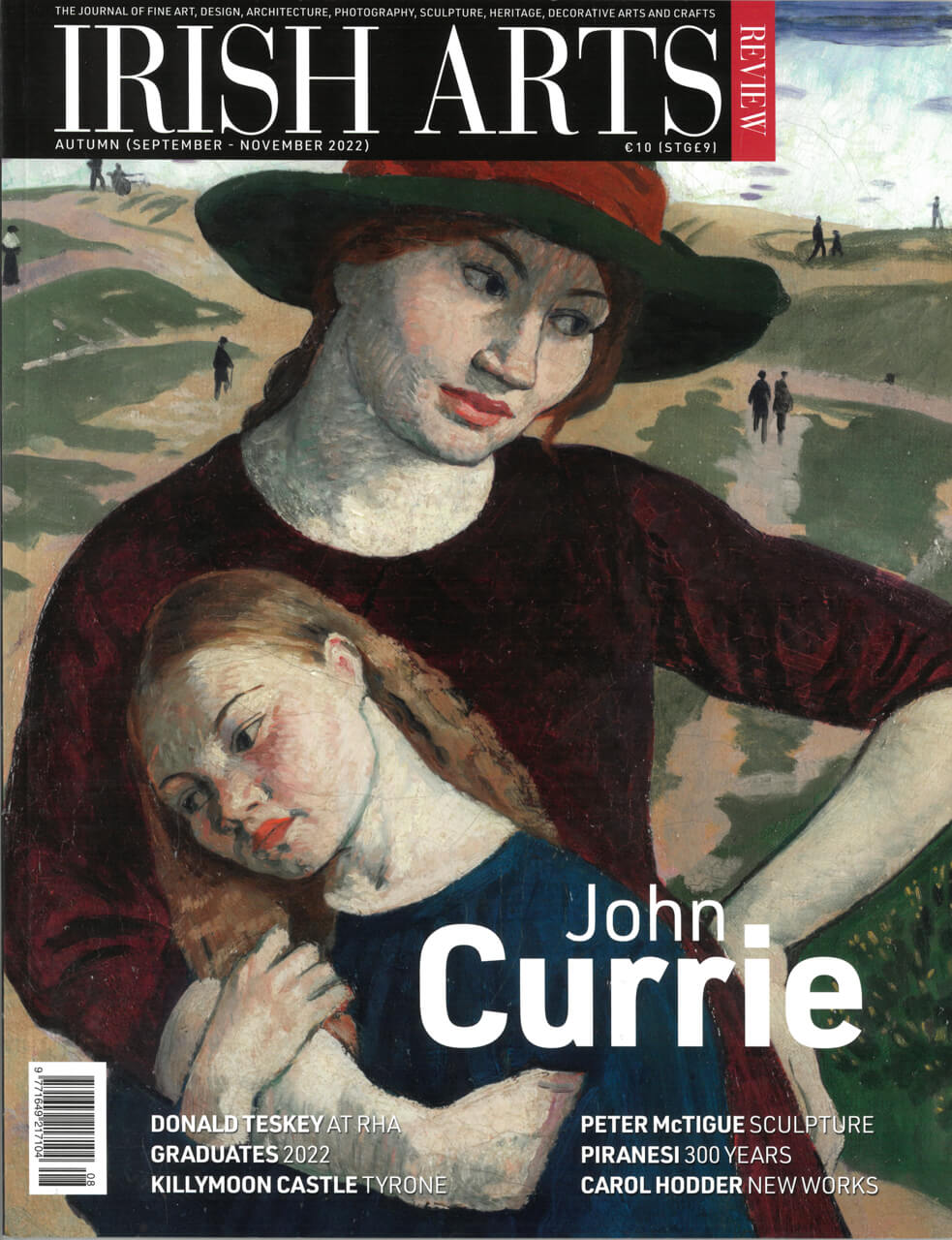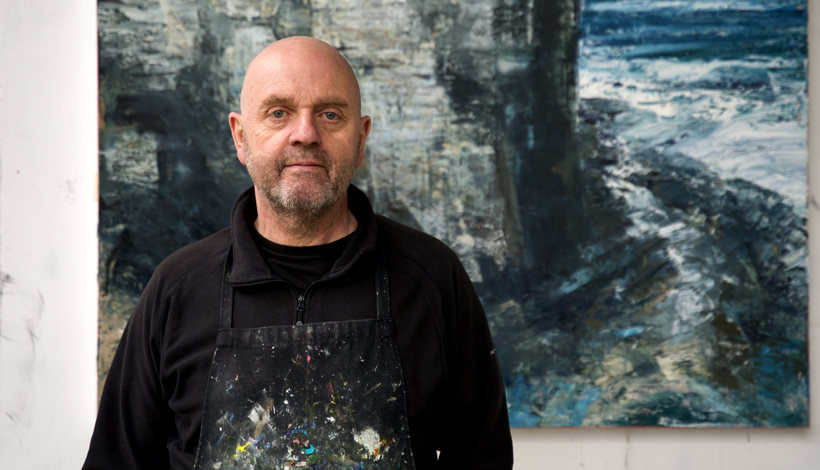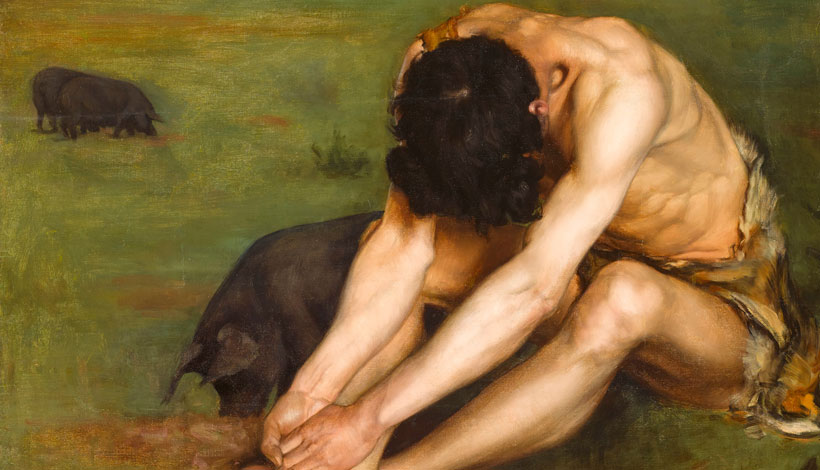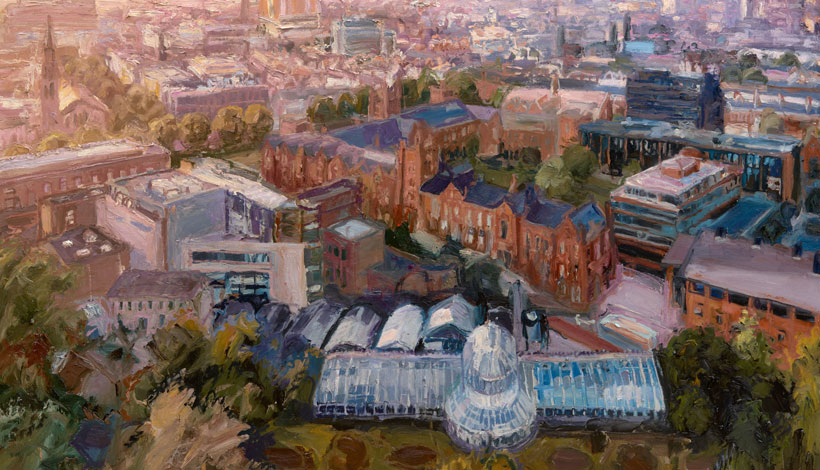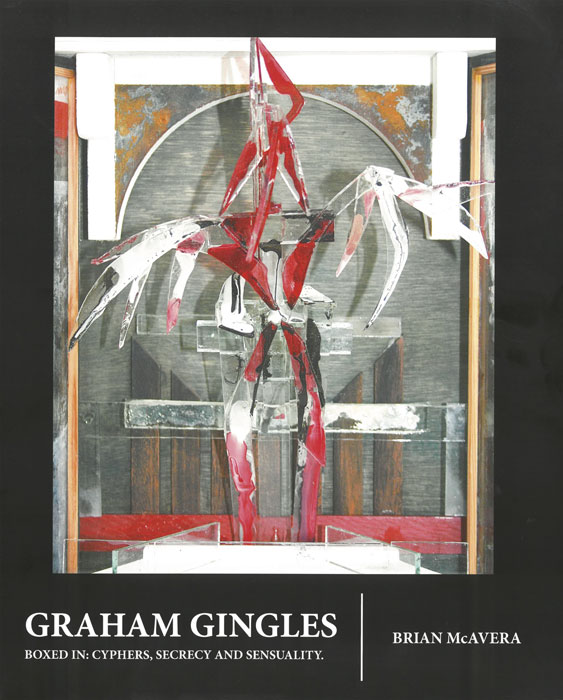
Brian McAvera
FE McWilliam Gallery & Studio, 2022
pp 170 fully illustrated h/b & p/b
€35/£30 & €25/£20
ISBN: 978-190845-527-1
Liam Belton
The programme committee of the FE McWilliam Gallery & Studio, together with the curators, deserve congratulations for the recent exhibition of work by artist Graham Gingles. A book by the playwright, curator and art critic Brian McAvera – who has known the artist and followed his career since the early 1980s – accompanied the exhibition. It contains a biographical essay titled ‘The Life, Death and Possible Resurrection of Mr Graham Gingles, Esquire’. Based on material the author has gathered on the artist since the early 1980s and interviews carried out over a period of about three months during the pandemic, it reads as a set of conversations between two individuals who are obviously at ease in each other’s company. This happy arrangement elicits insights into the artist’s character that are unguardedly intimate and often extremely witty.
Even for those not particularly interested in the visual arts, this symbiotic tête-à-tête produces a very entertaining read. This may be due to the fact that McAvera is a playwright and Graham Gingles is an artist with a multifaceted, complex and intriguing brain. It’s good to see him receiving the plaudits he so rightly deserves – the art establishment in the south of Ireland have shamefully neglected him. Graham is not interested in nationalism. ‘I’m not Irish,’ he says. ‘I don’t feel I belong anywhere. I’m certainly not British.’ We learn that he came from the unionist tradition. ‘If I had been my grandfather (who was involved in gun-running for the UVF in 1914), I would have been against a united Ireland because of the rural, priest-ridden south. Home Rule was Rome Rule. Now I have no problem joining the new Ireland which has emerged.’ He describes politics in the north as tribalism.
We also learn that he was involved in puppetry and silversmithing and that he deboned pigs. This chapter is followed by a revealing essay by his wife, Jude Stephens, who writes with an empathetic insight into art and artists.
The book concludes with a scholarly analysis into the magical, beguiling, cryptic and ambiguous work of this mystical atheist.
Brian McAvera and the FE McWilliam Gallery have presented us with a book which will prove an essential and unique archive for future researchers into Gingles’ work.
Liam Belton is an artist.
